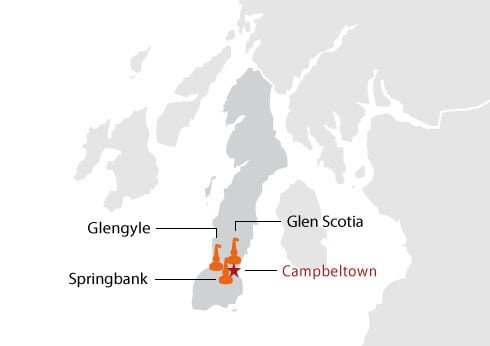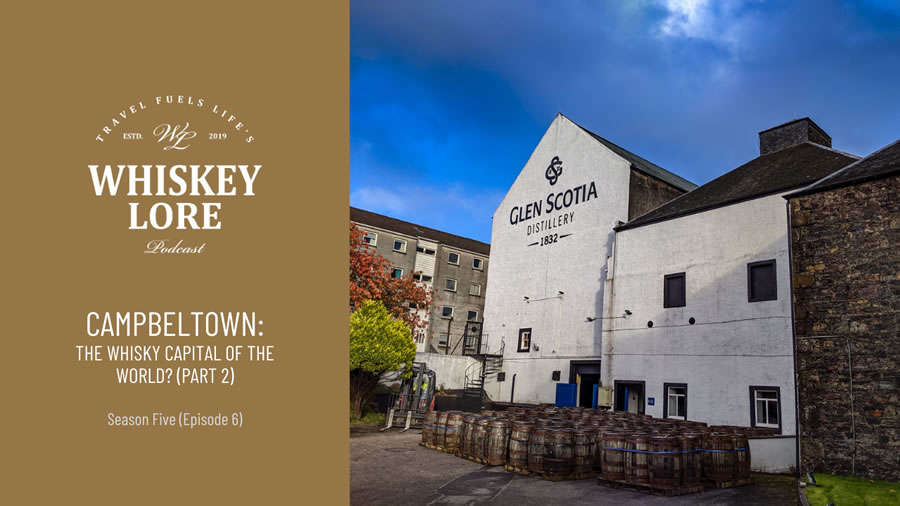Reference



OpenAI's Answer
Campbeltown, a small town on the Kintyre Peninsula in western Scotland, holds a special legal status in Scotch whisky distilling. It is one of Scotland's five recognized whisky-producing regions, along with Speyside, Highlands, Islay, and Lowlands.
According to the Scotch Whisky Regulations 2009, Campbeltown is a "protected locality" for Scotch Whisky distilling under UK Government legislation. This means that any whisky produced in Campbeltown must adhere to specific guidelines and quality standards to be labeled as "Campbeltown Scotch Whisky."
Historically, Campbeltown was a hub for whisky production, with over 30 distilleries operating in the area at its peak. However, the industry declined in the 20th century, and by the 1980s, only two distilleries, Springbank and Glen Scotia, remained operational.
In recent years, there has been a resurgence of interest in Campbeltown's whisky heritage, with new distilleries opening or planned, such as Glengyle, Dal Riata, and others. This growth has helped to revitalize the region's economy and cement its status as a significant player in the Scotch whisky industry.
Some notable Campbeltown distilleries include:
- Springbank Distillery: Founded in 1828, Springbank is one of the oldest independent family-owned distilleries in Scotland.
- Glen Scotia Distillery: Established in 1832, Glen Scotia is another historic distillery that has been producing whisky for over 180 years.
- Glengyle Distillery: Reopened in 2004 after a nearly 80-year hiatus, Glengyle is a smaller, craft-focused distillery that produces a range of whiskies.
Campbeltown's unique whisky style is often characterized by its dry, salty flavor profile, which is influenced by the region's coastal location and the use of local barley.
Here are some images related to Campbeltown whisky:
Image 1: A map of Campbeltown and its surrounding distilleries
Image 2: A bottle of Glen Scotia 45-year-old Campbeltown single malt Scotch whisky
Image 3: A photo of Springbank Distillery
Image 4: A screenshot of a whisky map showing Campbeltown distilleries
Sources: